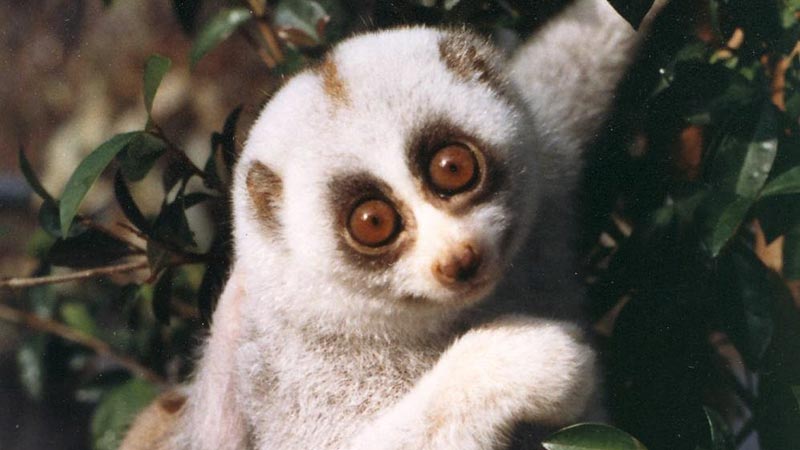
Sloths have one baby per year, or less. Babies cling to their mother’s fur as an infant and are sturdy enough to survive falls.
These little babies are great swimmers!
Well… hmm… what exactly should we call this cute little thing? A pup? A cub? Maybe a cath? Well, it’s hard to find a name for him because he is a baby sloth. And a sloth is so unlike other animals!
What do we know about sloths? They are mammals and belong to the Megalonychidae and Bradypodidae families. Just like the other baby mammals, sloths prefer to stay with their mothers while they are young. They love to hang on mother’s fur. This close relationship will last for a year.
Sloths feed on leaves, buds, and tender shoots from Cecropia trees. Although baby sloths start by drinking their mother’s milk, they will progress to solid foods four days following their birth. They lick food particles from the mouth of their mothers. Ewe! They also feed on insects, making them omnivores.
Baby sloths, like their adult family members, have slow, specialized stomachs with several compartments. These features make it possible to break down leaves, with the help of symbiotic bacteria!
Infant sloths spend most of their young days with their mothers, clinging to their fur. Sometimes they do fall off. Regardless of the frequency of falling from their mother’s side, it is rare that the infants are hurt. They are built sturdy enough to survive falling a few times.
Baby sloths, like humans and other animals, are taught by adult sloths. Mothers show them how to go down to the ground at least once a week. They dig a hole, use the bathroom, and cover it afterward. Don’t say that sloths are dirty animals! Well, they do have bacteria growing on their skin, but at least they have some bathroom manners!
You may be surprised to know that sloths can actually swim, and they learn to do this as a baby. From time to time you can see them walking in the ground, but for most of their lives they hang high branches of the trees.